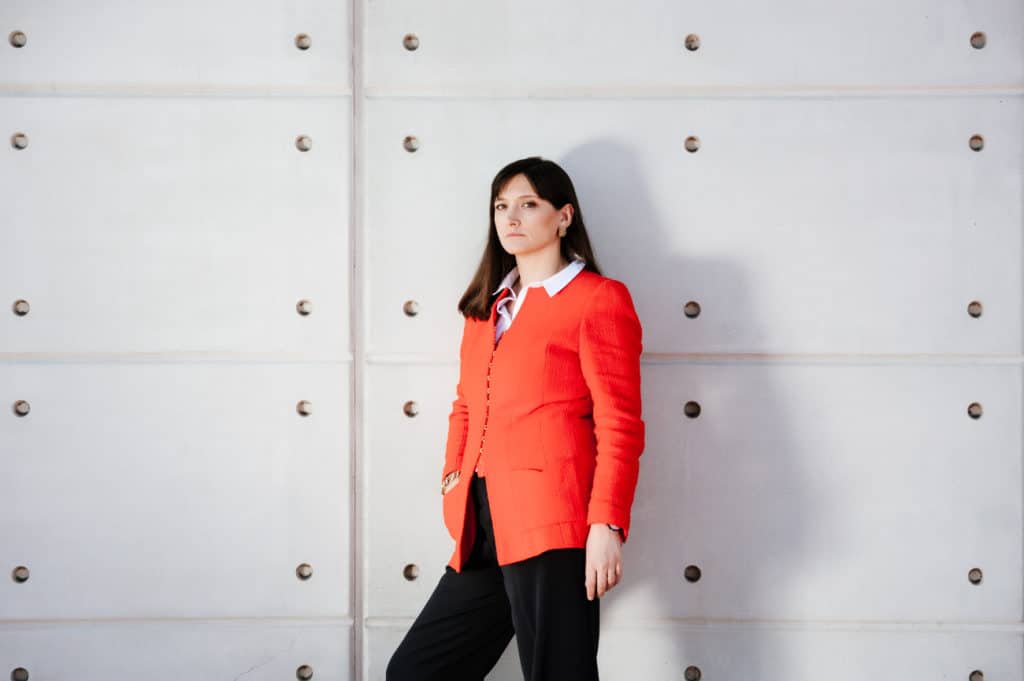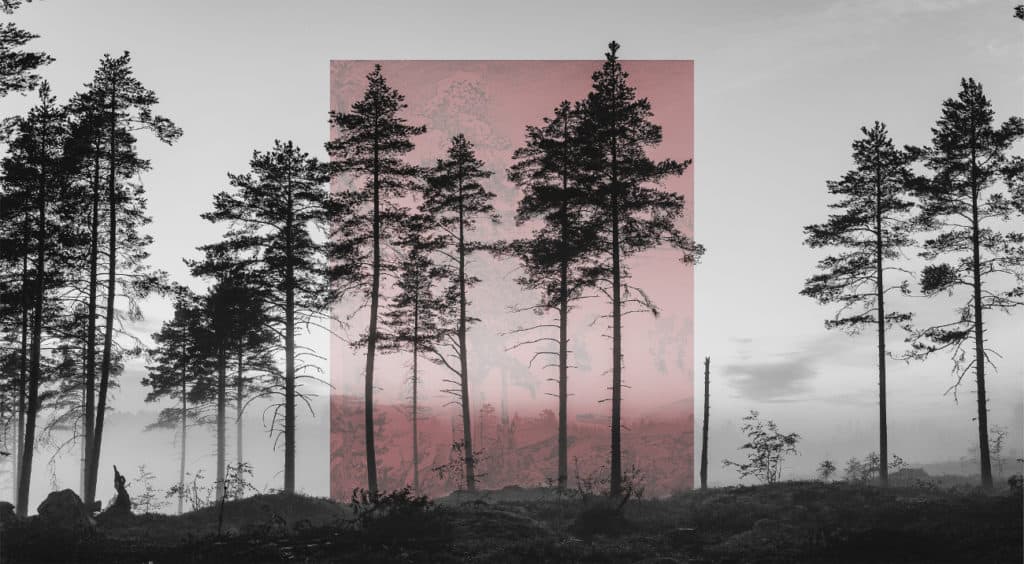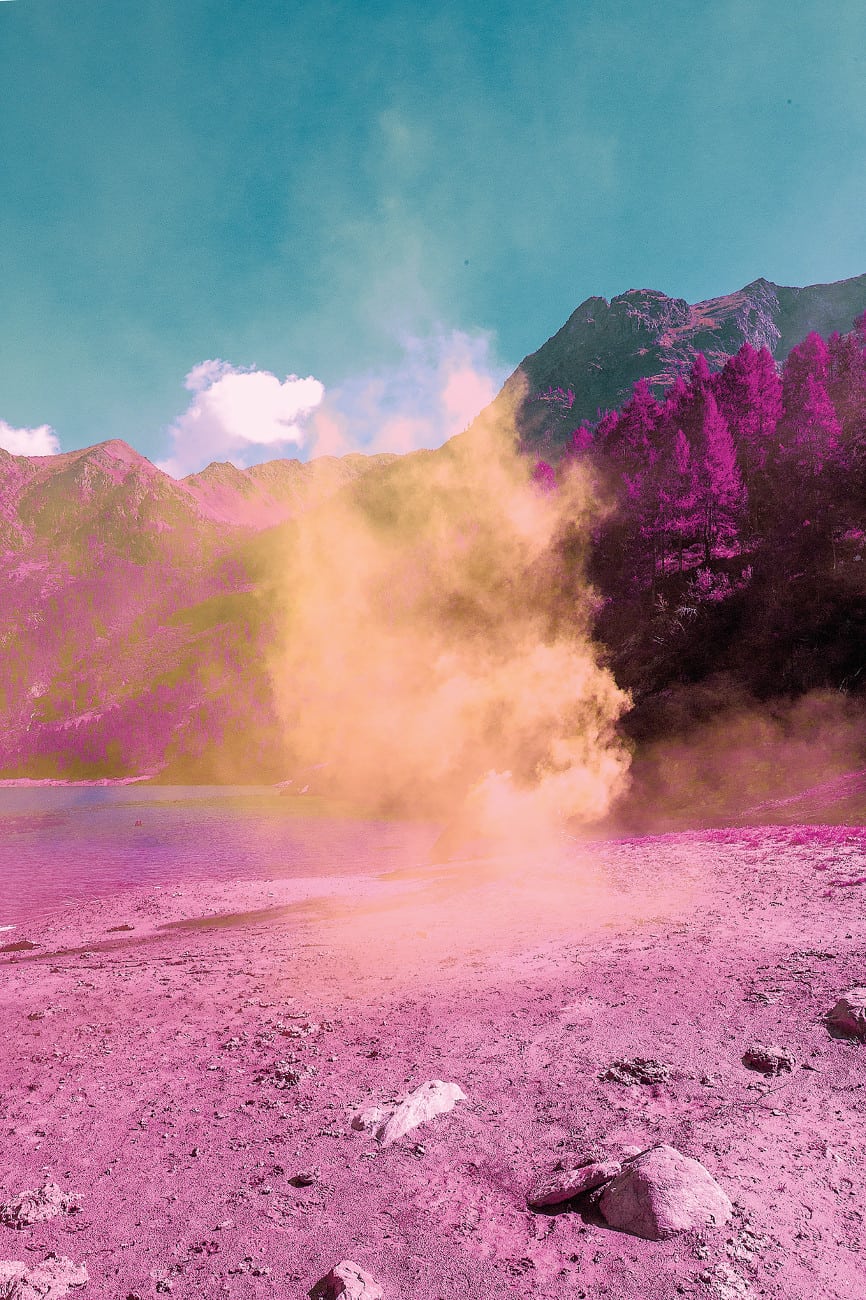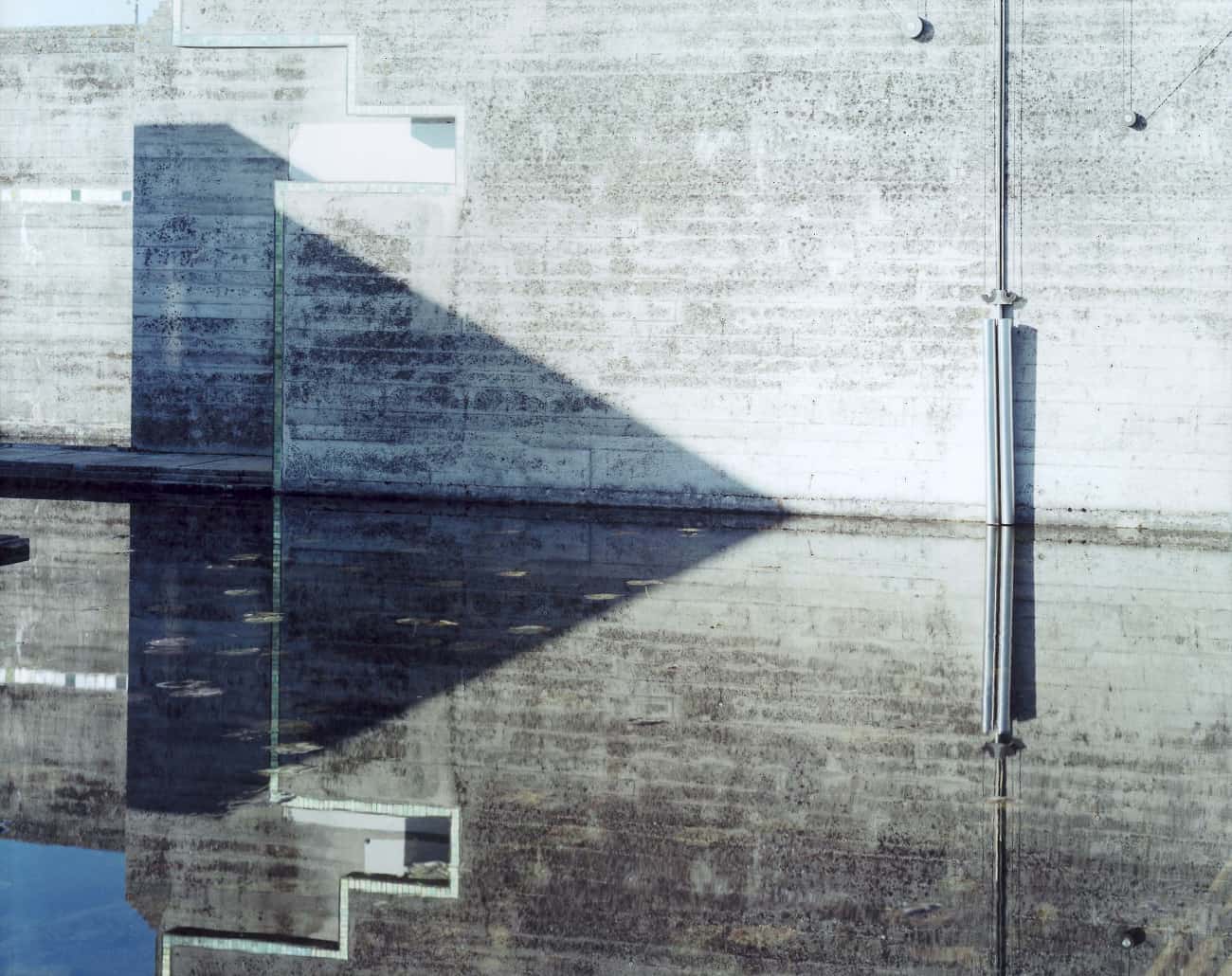
Ilaria Bonacossa ©Silvia Pastore, Artissima2017
Artissima is kicking off on 3 November in Turin. This is a great opportunity to talk to Ilaria – director of Artissima – who shares with us her thoughts on this year’s edition, her challenges and goals, and programme highlights she is particularly proud of.
Sylwia Krason: You were appointed in 2016 as a new director of Artissima for the next three editions 2017-19, taking over the role after Sarah Cosulich. Thus far, what has been the biggest challenge for you in this new role?
Ilaria Bonacossa: An art fair is a complex machine, I have learnt, closer to a magazine than to a museum in regards to changing its mechanisms and projects. Artissima has a great team of women who have shaped the fair and its success and it’s thanks to their work and passion that Artissima has managed to grow and develop in the past 23 years. I guess as a new director my goal was to transform the fair in a constructive and not disruptive fashion, focusing on its distinguishing features. I believe Artissima has the chance to really focus on discovering talent and being a cutting-edge art fair.

Jaakko Kahilaniemi, Romanticism And Patriotism Studies (Gallen-Kallela 1896), 2017, Pigment print, framed, 68×122 cm, Courtesy Gallery Taik Persons
SK: Tell us, what can we expect to see and experience this year at the fair?
IB: Well Back to the Future focuses on the ‘80s which are so close yet so far away; these years mark the birth of the international art market as well as a transformation in the idea of artistic career. Sculpture is making an important return while photographs are presented more as conceptual projects or linked to films and videos than as a specific medium. Performative projects are also often central to young international artists but painting which has since the last ten years gained a lot of market share is testifying an international return to figuration.
SK: What are your strategies, new ideas and innovations for running the next three editions of the fair – ones which you are planning to incorporate or have already implemented into the art programme?
IB: One goal is to investigate Artissima’s links and relationships with the city of Torino. This year through the celebration of the 50th anniversary of Arte Povera born in 1967 the fair creatively re-enacts two peculiar experiences of those years Piper Club torino and the Deposito d’Arte Presente (1967–68) a space of production and display of the works of emerging to be Arte Povera artists organised by Gian Enzo Sperone with the backing of a series of local collectors. Artissima retrieves that format, with the Deposito d’Arte Italiana Presente, shifting it into the present time and using it as a conceptual framework for a project that absorbs the operative modes of the original. The Deposito is not really an exhibition, but a place to trigger a narration on the last 20 years of Italian art, to capture it today and understand its future developments. The Deposito becomes a place of study and discovery for curators, collectors and art lovers.
SK: Your professional background is in curating and history of art. You curated many international exhibitions and festivals such as exhibitions for Fondazione Sandretto Re Rebaudengo or numerous shows with Italian and international artists such as ‘Andy Warhol sul Comò’ at Villa Croce. How does the curatorial experience translate into leading the Artissima?
IB: I think fairs have become progressively important as testing grounds for the mechanisms that guide the art world, in some ways they have substituted Biennials in the global art tour as they unite all the different stakeholders in one place for a few days. Being a curator allows me to understand everybody’s work and collaborate with the galleries on their proposals while discussing talents and projects with different collectors. A fair for a curator is an incredible occasion to investigate in a broader spectrum the developments of the art world.
SK: What are the highlights for Artissima 2017, of which you are particularly proud?
IB: I am very proud of the talks programmes PIPER. Learning at the discotheque coordinated by “the classroom” (a centre of art and education directed by Paola Nicolin). The project develops from reflections on the Piper club in Torino, a discotheque designed by Pietro Derossi with Giorgio Ceretti and Riccardo Rosso, which became a popular venue from 1966 to 1969. Transforming the provincial atmosphere of a “dance hall” into a self-managed cultural centre, the Piper set a precedent on an international level for non-institutional spaces focusing on contemporary art.
Many eclectic and creative personalities frequented the Piper in Torino, including Michelangelo Pistoletto, Alighiero Boetti, Piero Gilardi, Mario and Marisa Merz, Gianni Piacentino, Patty Pravo, the Living Theater, Carmelo Bene, Pietro Gallina, gathering and working together across disciplines, identities, codes, languages and behaviours. An evocative reconstruction of the place is proposed, a classroom-disco created in collaboration with the art group Superbudda and Gufram for the faithful reproduction of chairs created by Derossi for the Piper Club based on original drawings (1966).
The programme opens with a course taught by the artist Seb Patane, and continues with lectures and talks on contemporary artistic production.










